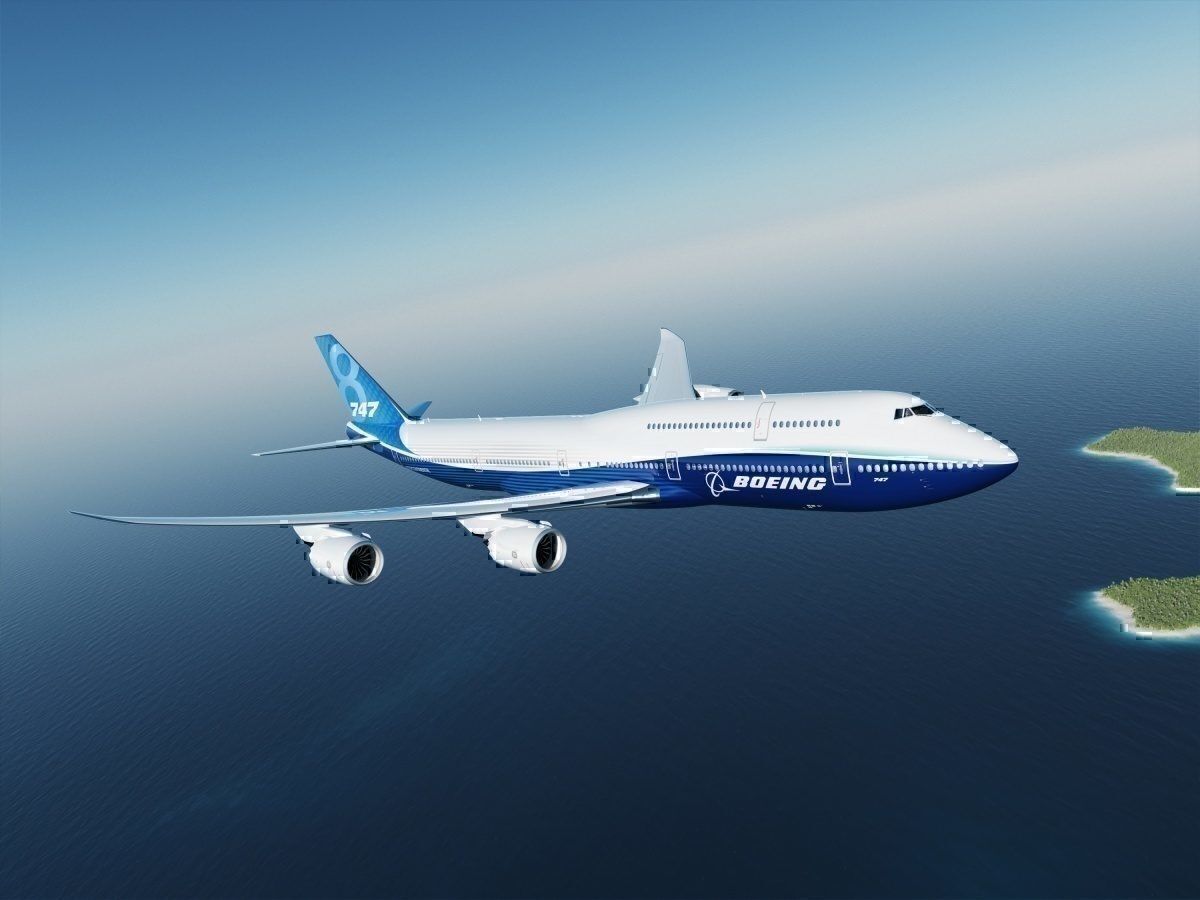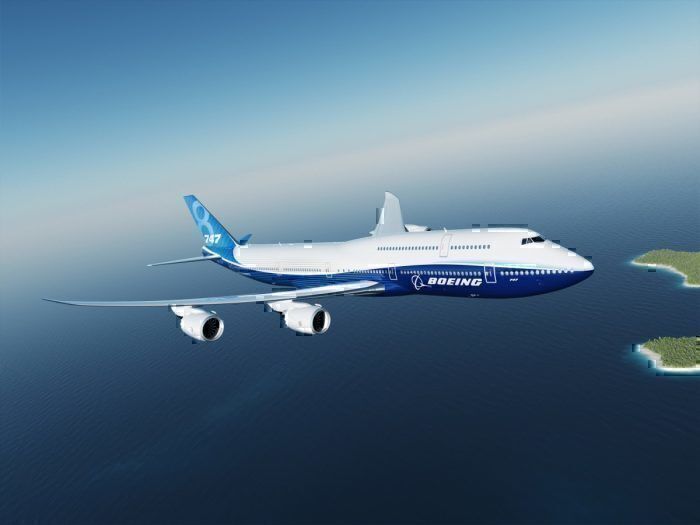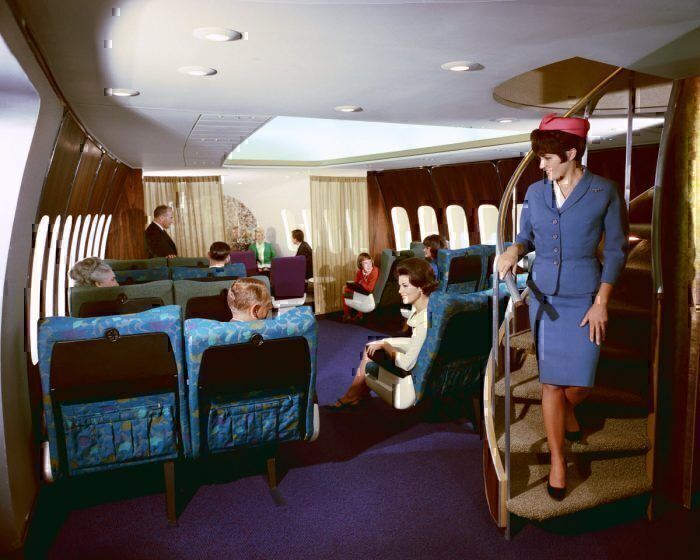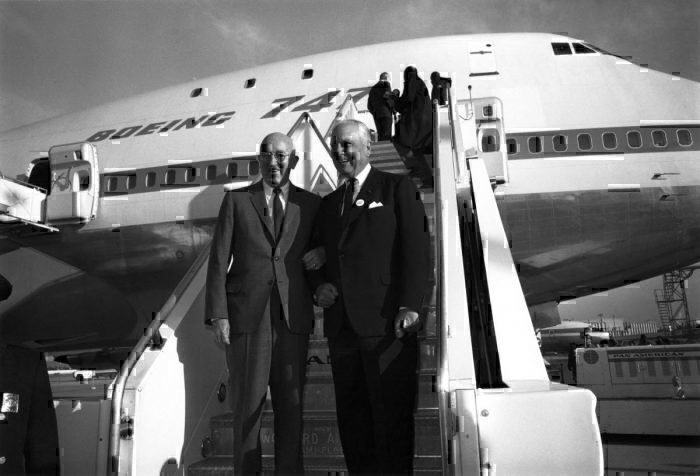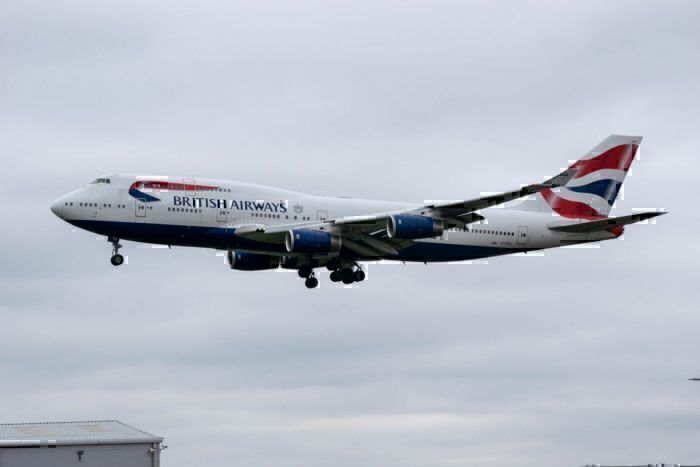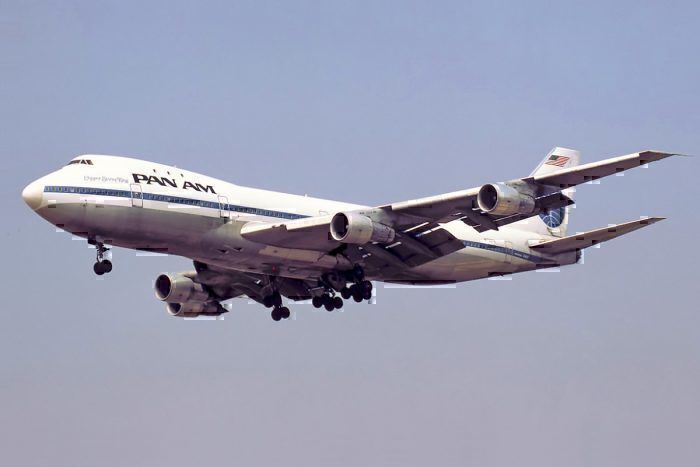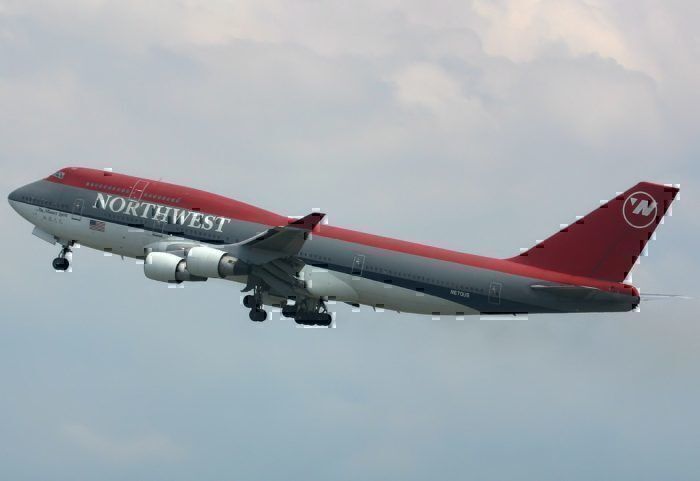The Boeing 747 is one of the most iconic of aircraft in the world. With over 50 years since its first flight, the jumbo jet has gained a significant fan following amongst aviation geeks and passengers alike. As a groundbreaking marvel of engineering, the aircraft has an incredibly rich history. Now, we are going to take a look at the aircraft's impact on air travel.
Space
The 747 was well-known for the amount of space on board the aircraft. As the largest jet by passenger capacity at the time of its launch, the aircraft still offered room to move around and stretch about.
As you can see from the above image, the 747 marked a time in flying when it was all about the experience. People would dress up to take flight and the 747 promised an incredible experience. As nowadays premium classes become more focused on suite-style intimacy over a more social experience, the 747 harkens back to a time that some refer to as the "golden age" of aviation. Although, even in this day and age, flying in the nose of a 747 can be quite a treat.
The expansion of travel
Thanks to the sheer size of the 737, travel suddenly became an option for many more people. The great capacity of the 747, per a CNN report, cut the cost of transporting a passenger in half. Suddenly, pricing became more attractive and more people could fly.
Ever since the early days of the 747, passenger numbers have only grown. The 747 made for an efficient people-mover between major cities and hubs across the globe. On routes to the Pacific or to Europe, the 747 could be found at plenty of major airports.
Unfortunately, now, the 747s are slowly on their way out, as point-to-point methods of travel and frequency over capacity continue as hot trends in the aviation world. The 747 is starting to see its retirement approaching across airlines like KLM, Qantas, and others.
The global nature of airlines
On the airline front, the 747 allowed for airlines to have a much more global footprint. Pan Am, in particular, was iconic for flying their 747s to new and far-reaching destinations. And, due to the four engines, the aircraft was more reliable. At the time, twin-engine aircraft were not allowed to cross the Atlantic.
Moreover, the 747 was so successful that Boeing continued to build different variants. From the first 747-100, to the -200, -300, -SP, -400, and -8 variants, plenty of airlines have seen multiple 747 types in their fleets.
The next frontier in aviation
The 747 arguably led to the next big frontiers in aviation. However, as airlines seek to move beyond the foundations set up by the 747 to new and improved aircraft like the 777X, it is clear that the legacy of the aircraft will endure for many years to come.
The 747 revolutionized travel in more ways than one. Plenty of aviation geeks and happy travelers likely have fond memories of these aircraft. Here at Simple Flying, we would like to know, how has the 747 impacted you? What are your favorite memories of the aircraft? Let us know in the comments!

